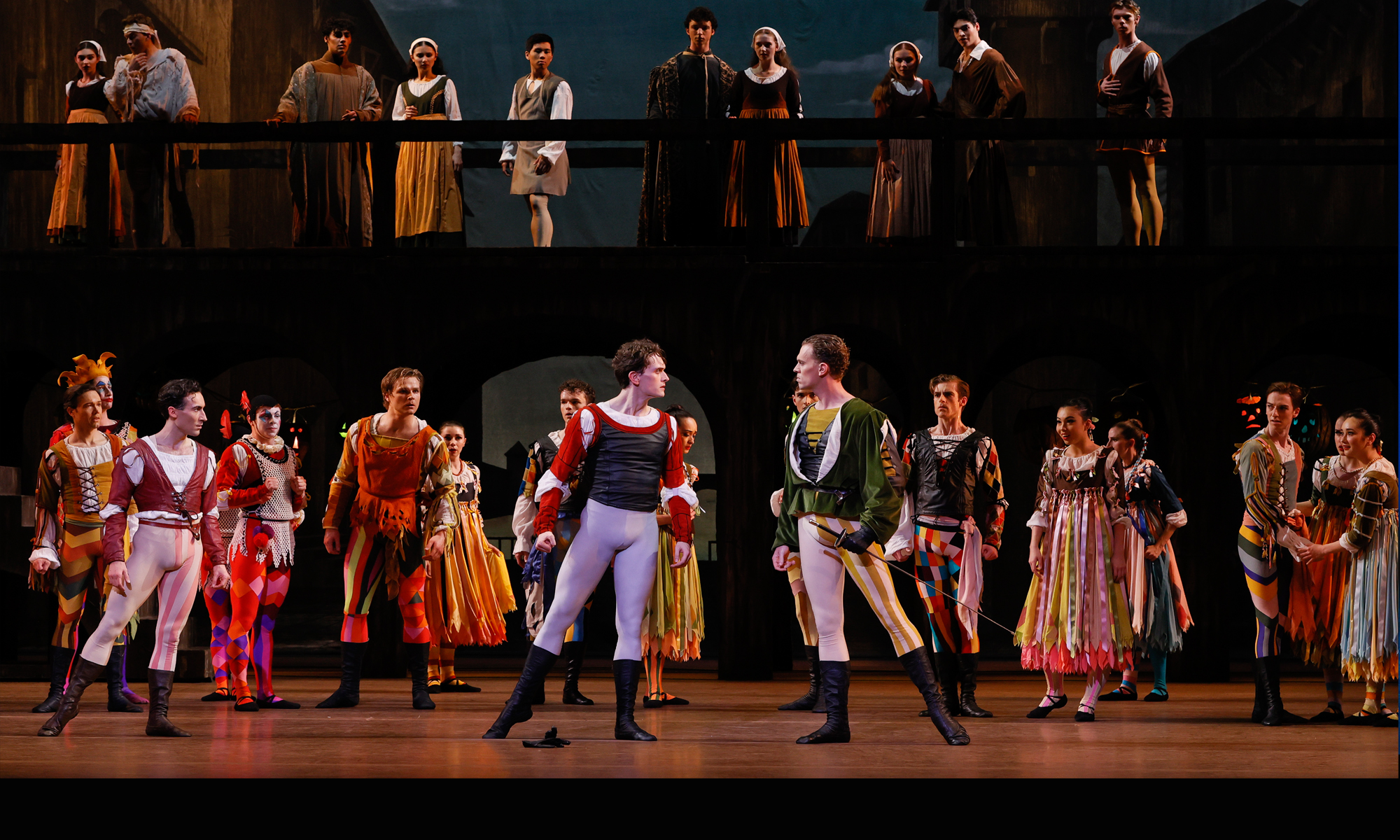“Pina Bausch and the Tanztheater”
The Art and Exhibition Hall of the Federal Republic of Germany
Bonn, Germany
April 16, 2016
by Ilona Landgraf
Copyright © 2016 by Ilona Landgraf
 “Actually I always wanted nothing but to dance. I had to dance. That was the language where I could express myself. I had never thought of becoming a choreographer.”
“Actually I always wanted nothing but to dance. I had to dance. That was the language where I could express myself. I had never thought of becoming a choreographer.”
As is known things developed differently. Although reluctant at first, Pina Bausch took over as artistic director of the Wuppertal Opera ballet in 1973. She held the post for thirty-six years until her death in 2009. Her vision confronted the Wuppertal audience, up to then mainly used to classical ballet, with a radical change. While in Bausch’s first dance evening Kurt Jooss’s “The Green Table” and Agnes de Mille’s “Rodeo” framed her own new choreography “Fritz” – already the title was deemed provocative – , future programs were all-Bausch. Her troupe no longer was a ballet company but the “Tanztheater Wuppertal”.
 During the following decades more than forty full-evening programs came into being. From the outset Bausch wanted her audience to watch and listen closely. She almost forced spectators to reflect upon themselves, their relationships, the hidden reasons of their emotions. “Could we really afford to kill our precious time with operetta-like distractions as if we have already solved all our problems?” she pointed out in an interview with the dramaturg Edmund Gleede in 1975.
During the following decades more than forty full-evening programs came into being. From the outset Bausch wanted her audience to watch and listen closely. She almost forced spectators to reflect upon themselves, their relationships, the hidden reasons of their emotions. “Could we really afford to kill our precious time with operetta-like distractions as if we have already solved all our problems?” she pointed out in an interview with the dramaturg Edmund Gleede in 1975.
Bausch never followed a special style or aimed to develop a genre. Her pieces arose from the questions she was bothered by. A piece’s character resulted out of the search for answers, which Bausch described as a very painful process, a constant struggle. Continue reading “A Unique Charisma”
 Last Wednesday Ivan Liška’s era at the helm of the Bavarian State Ballet ended after a final performance of Pina Bausch’s “Für die Kinder von gestern, heute und morgen” (“For the Children of Yesterday, Today and Tomorrow”). Together with him a large part of the company is leaving. There could have been no better piece than Bausch’s for this event. “For the Children…” tells of what makes life alive: being foolish, crazy, full of joy, desperate, sad and over the top, showing off, trying togetherness, falling in love, quarreling and playing mean games. Many situations are absurd, all are touching. Love is a core topic, emotions in general are. Continue reading “For the last Time”
Last Wednesday Ivan Liška’s era at the helm of the Bavarian State Ballet ended after a final performance of Pina Bausch’s “Für die Kinder von gestern, heute und morgen” (“For the Children of Yesterday, Today and Tomorrow”). Together with him a large part of the company is leaving. There could have been no better piece than Bausch’s for this event. “For the Children…” tells of what makes life alive: being foolish, crazy, full of joy, desperate, sad and over the top, showing off, trying togetherness, falling in love, quarreling and playing mean games. Many situations are absurd, all are touching. Love is a core topic, emotions in general are. Continue reading “For the last Time”
















